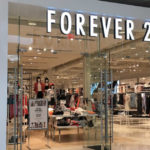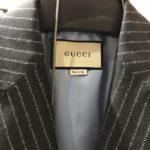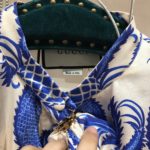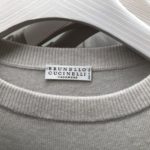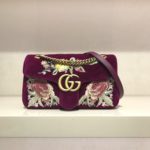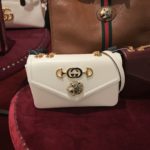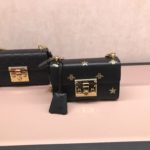Author Archives: Bowie Campbell
THE GRADIENT
My topic is contrasting fast fashion and luxury fashion. Today, two main types of fashion purchases can be seen: purchases for really inexpensive clothing that is worn once, or much more expensive name brand clothing that holds a certain prestige when worn. The former is called fast fashion; examples of fast fashion retailers include Forever 21, Zara, H & M, and other companies that mass produce, cheap, trendy clothes for rock bottom prices. The latter, can be called luxurious fashion. Luxury fashion includes clothing and shoes made by designers like Gucci, Prada, Chanel, Louis Vuitton and others like them. Consumer purchasing of these brands is quite different from consumer purchasing of fast fashion. People purchase fast fashion with a much higher value for quantity than quality. With prices that are so low people buy these trendy items in high volumes, only to wear each item once or twice. The low price assuages their guilt for only wearing it once. Recently an article came out in Vogue talking about the low prices of fashion. It walked about a dress H&M was selling for $4.95; the article was titled, “Do I get coffee, a snack, or something to wear?” There seems to be a sharper gradient between the two extremes of fashion without many retailers that offer something in the middle.
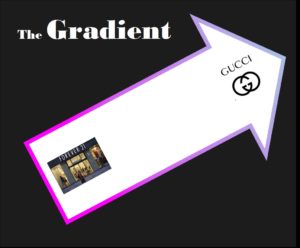
For my project the main stores I visited were Gucci, and Louis Vuitton. Though Louis Vuitton is not an Italian brand, it is a highly regarded and established luxury brand which helped me to judge luxury brands in general (Italian or not). While I was at the mall, I briefly stopped by another Italian luxury store, Brunello Cucinelli. For fast fashion, I focus specifically on Forever 21 because it is one of the more popular fast fashion stores for my generation. Since the store was so far away, I opted to interview some of my peers on their forever 21 experiences instead of travelling there. This project’s main purpose is to examine the main differences between fast fashion and luxury fashion.
Some of the differences I noted between Luxury fashion and fast fashion:
- In both Gucci and Louis Vuitton, the stores were extremely spaced out with individual items placed relatively far away from each other. When interviewing my friends on Forever 21, they described the store as cluttered and disorganized. One friend even said the clutteredness could make the store stressful to attend.
- In the luxury stores, there were few options, whereas in fast fashion stores like Forever 21, there is such a wide array of options. One interviewee said, “I like shopping at forever 21…there are so many options, but it is definitely a time commitment.”
- The customer service received at the luxury fashion stores was phenomenal. I was greeted with a warm smile and shown around the store. The sales representative showed me her favorite items in the store and told me about their different limited-edition collections. In fast fashion stores, it is typically a “free for all” with very limited customer service. You pick out your own clothes, and chances are, if you ask a sales representative about the history behind an article of clothing, they will not know the answer. On the other hand, in the luxury fashion stores, the sales representatives were very knowledgeable about their products.
- One obvious difference in fast fashion and luxury fashion is the price point. At most fast fashion retailers, you can leave the store with pants, a top, and another accessory without having to pay more than $20 for all of them combined. On the other hand, at Louis Vuitton, the sales representative described a $100 scarf as “inexpensive.”
There is one interesting similarity between fast fashion and luxury fashion. When people buy either fast fashion or luxury fashion, they don’t buy the clothing out of a true admiration for it. With fast fashion it is often “good enough” for the price they are paying, and for luxury fashion, often consumers are paying for the brand name status rather than the article of clothing itself. When describing why she loves shopping at Forever 21, a peer explained, “see, I like shopping for quantity not quality.” She explained that the clothes she gets from Forever 21 did not have to be the greatest thing ever, or last her for a while, she just liked shopping in volume, and with the prices that Forever 21 offered, that was possible.
Overall, this experience was really enlightening. Though the main point of my project was the two extremes, rather than the middle values, I did happen to notice during my trip to the mall that some middle fashion retailers are, fortunately, gaining popularity, like Madewell, or Free People. This could be a really good sign for the future and suggest that the gradient is not getting sharper, rather, it is becoming less extreme with mid-priced, mid-value fashion retailers.


